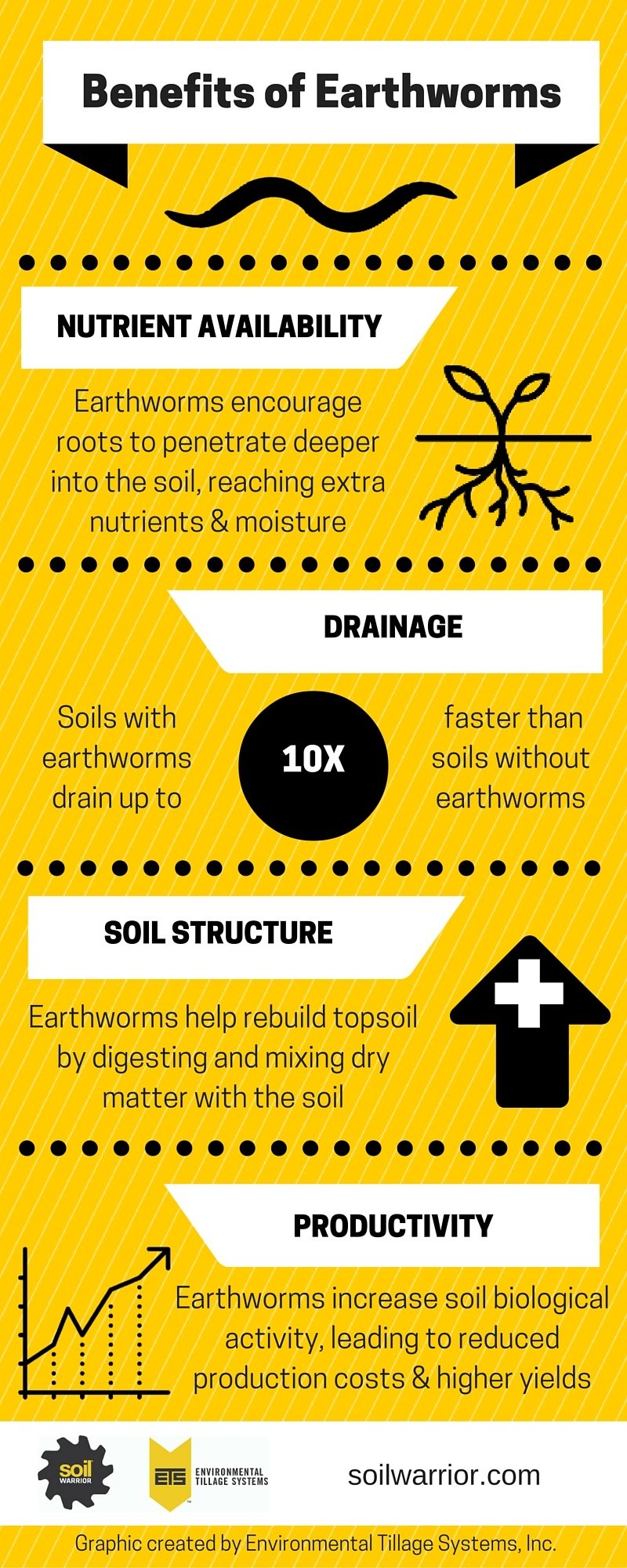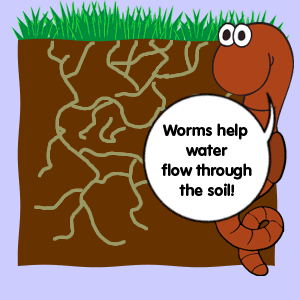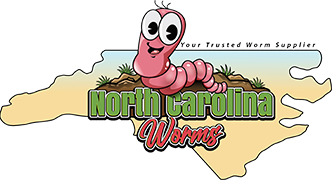The 9-Minute Rule for North Carolina Worms
North Carolina Worms Fundamentals Explained
Table of ContentsNorth Carolina Worms Can Be Fun For AnyoneThe smart Trick of North Carolina Worms That Nobody is Talking AboutNorth Carolina Worms Can Be Fun For EveryoneFascination About North Carolina Worms
Instance: 1-gallon of worm castings to 4 gallons of potting mix. 1/2 cup in the base of the planting opening for smaller sized plants. 1 cup for larger plants.
The enhancement of tea can likewise add enhanced microbial biomass to your soil. You can constantly side-dress your plants with worm castings at any moment. Simply remember, the microbes will certainly pass away if exposed to UV rays (Sunlight), so be sure to cover the spreadings with an inch approximately of soil.
This baffled them for years until the testing approaches ended up being much better. It would certainly get much better(with even more spreadings), level off, and then decrease. Also lots of worm castings would certainly increase the growth to a pace that the plant might not recuperate from.
10 Easy Facts About North Carolina Worms Shown
Numerous herbicides service this exact same principle. 20% by volume seems to be the "Dessert Place". I have clarified the merits of worm spreadings for regarding 2000 words. What about the various other side of the coin? Nothing is perfect. Worm castings are no various. It takes some time to produce high quality worm spreadings.
You can buy them which causes second. Worm spreadings definitely cost greater than chemical plant foods. However, worm spreadings get on the less costly end of natural plant foods. You will certainly need to choose what is more vital. It is very easy to generate percentages of worm spreadings. (50 gallons each year) It is a much tougher and really costly financial investment to create large quantities of worm castings (Lake Rhodhiss Bait).

Developing a healthy dirt may be the biggest benefit of worm spreadings. We went over worm castings NPK and additionally the proper nutrient evaluation that should apply to worm castings.
North Carolina Worms Things To Know Before You Get This
We chatted concerning some of the negative aspects associated with worm spreadings. I covered a whole lot of product in this write-up.
The upright burrows are usually open, although the worms top the top with residue and excrement. The upright burrows are really vital factors of entrance for fast water seepage right into the dirt, specifically in no-till systems. Air-filled porosity is essential in aiding plant roots to grow. Roots need oxygen for their growth, whereas they create carbon dioxide that requires to leave the dirt.
Earthworms boost porosity by 2 systems: (1) by producing irreversible burrows, and (2) by boosting soil gathering. Gathering is boosted by the blending of dirt and raw material in the earthworms' digestive tracts. Lake Hickory Bait. These very secure aggregates are transferred by some earthworms in their burrows, and by others at the surface area of the soil


In another research study, earthworms were approximated to take in 4 to 10 percent of the top 6 inches of the soil every year. Dirt compaction lowers the porosity of the dirt.
All about North Carolina Worms
Normal earthworm populations can quickly consume 2 bunches of completely dry issue per acre annually, partly absorbing and blending it with soil. The importance of earthworms to blend surface area deposit with soil becomes really clear in soils that do not have any kind of earthworms. Most of our Pennsylvania soils contend least some earthworms, and the result of their full absence, therefore, can not be kept in mind.
(https://demo.wowonder.com/northcarolinaworms)In these soils, the formation of topsoil with sensible raw material web content did not happen, causing bad plant development. As soon as the reason was developed, the government of the Netherlands started a project to present earthworms. After the intro of the earthworms, a dark topsoil layer was created, and plant development raised significantly.
They live primarily from partially decomposed natural matter that is already included in the soil. These species consume big amounts of dirt that they blend with digested crop residue in their guts.
Their burrows continue to be open, although they top the leading with crop residue that they draw to the entry. These types consume significant amounts of soil that they blend with digested deposit in their guts. Their waste matter is largely transferred at the surface of the dirt. The nightcrawler Lumbricus terrestris is the most famous member of this team.